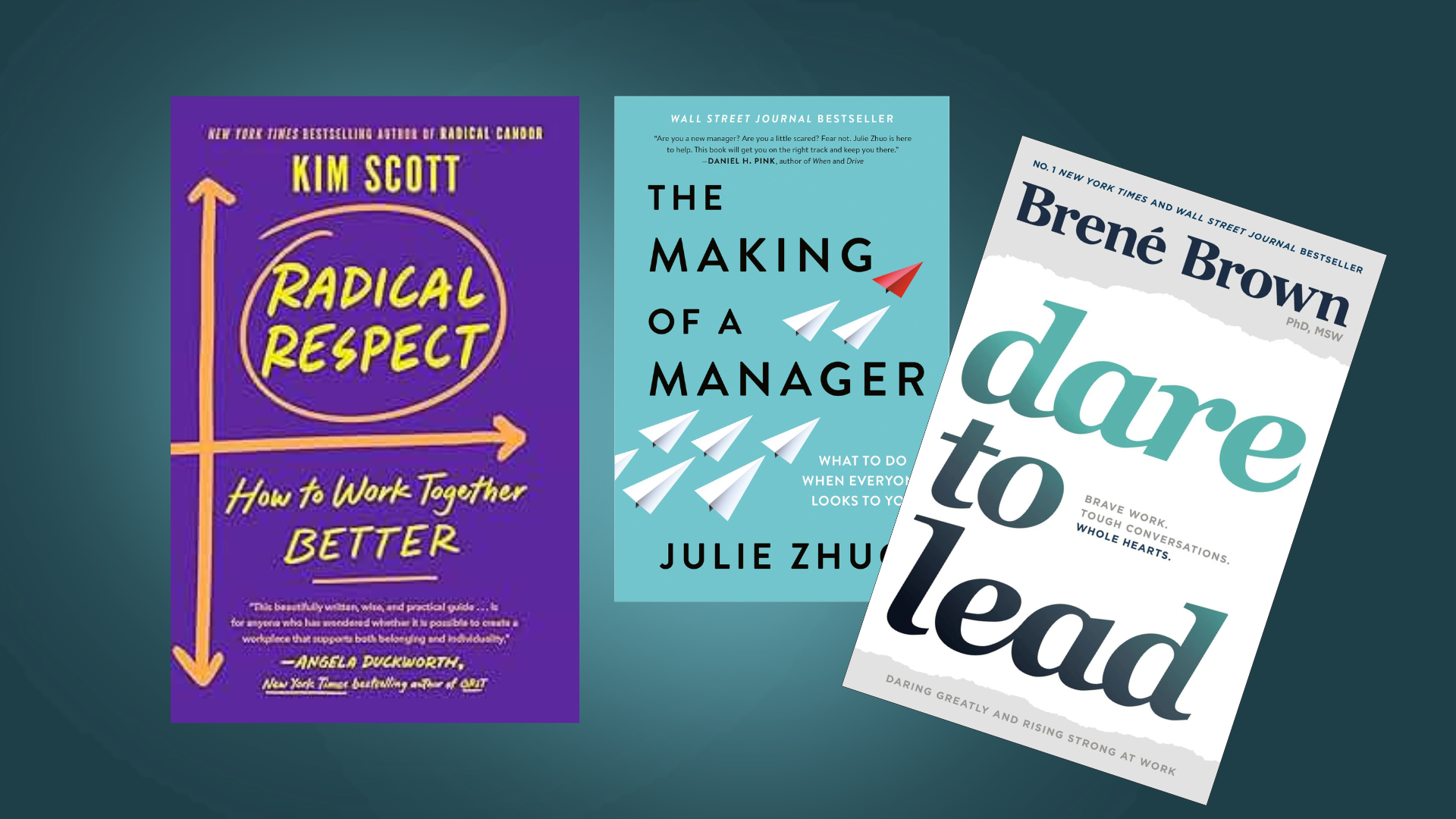Employee disengagement and turnover cost US companies US$1.35 trillion last year.
Employee disengagement and turnover cost US companies US$1.35 trillion last year. To address this, last year, companies spent US$ 357.7 billion globally and US$167 billion in the US alone because professional learning & development is the number one way to engage and retain employees. Companies also invest in wellbeing initiatives that have an important but limited impact on performance and employee engagement. Given the scale of the problem, it is obvious that companies do not spend enough to enhance their employee experience and/or do not spend it well.
The key challenges with the current learning and development programs offered are that 1) they are not used, and 2) they fail to have the desired impact on employee engagement and retention. Most of a learning and development budget goes into training programs. With traditional training programs, only about 20% of the information is retained after 30 days. Training fails to account for the differences in experience, learning style and development needs of people. This reduces its impact as people may not be able to personally apply the learnings to their own work.
What needs to change?
L&D programs tend to have a one size fits all approach. The key challenges with this are:
- Today’s workforce is more diverse than before, including more diverse learning needs and preferences.
- 58% of employees prefer to learn at their own pace.
- People are focused on continuous learning, not one-off training sessions.
- The opportunities just aren’t there – 94% of employees would stay longer if their company met their learning and development needs.
The most impactful L&D program is one that is hyper-tailored, taking into account both the employee’s unique characteristics and the company’s objectives. Until recently, hyper-tailored learning was viewed as expensive and difficult to implement at scale. Technology and business model innovation has now made this possible.
What are the benefits of hyper-tailoring learning and development programs in the workplace?
Improve performance
70% of employees feel they do not have the necessary skills to do their job. In response to this, 2 out of 3 companies are looking to bridge the skills gap through development initiatives. Hyper-tailored development can more effectively target the skill gaps of each employee. It is also a quicker way to get results, directly impacting your company’s bottom line.
Boost retention
Employees want more than just a paycheck. Lack of career development opportunities is the number one reason why people leave their job. A tailored L&D program helps target every employee’s unique development needs, making them more inclined to stay.
Address diverse learning styles
People have different preferences when it comes to learning new skills. Some might be visual learners, while others may be auditory learners. Visual learners may better understand and retain information presented through video, and auditory learners get more from podcasts. Tailoring learning to adapt to these different preferences helps make resources more impactful, and more likely to be used by employees.
Fuel Agility
In today’s fast-paced world, skills can quickly become redundant. New skills have to be continuously developed, so companies need to foster a continuous learning environment. Tailored development opportunities ensure that employees have access to truly relevant learning resources, which means that people will actually use them.
Here are some ways companies can hyper-tailor their L&D program offerings:
Make it data-driven
Effective data analytics is key in tailoring L&D. Collecting and analysing data using a variety of metrics will help companies better tailor their development offerings to their employees’ and company’s needs.
Offer coaching
One-on-one coaching is the Rolls-Royce of professional development. It is a self-directed process where people identify their own objectives and work with their coach at their own pace to problem-solve and develop. Technology innovation has made it possible to provide coaching from your intern to your CEO. Sama works with elite coaches globally, vetted by industry and coaching professionals, to provide coaching at scale.
Facilitate mentoring
Mentoring provides highly personalised and effective development. Mentors provide advice and feedback catering to an individual’s specific development needs and goals.
Go digital
Digital learning can help employees tune in to resources, whenever and wherever they want. As the world of work becomes increasingly digital, it’s essential to adapt learning and development offerings.
Empower your employees to own their development
Over 40% of Millenials and Gen Z want employee-led learning. Give employees the ability to shape their learning and development. One way of doing this is to ask employees for their feedback on learning programs, through company-wide surveys or focus group discussions. This can help you provide offerings that are more impactful.
Learning is key to thriving and creating competitive differentiation. Disrupting the traditional approach to L&D programs for one that puts employees more in control of their learning is a sure way to engage employees and create a future-ready workplace.



